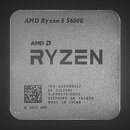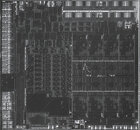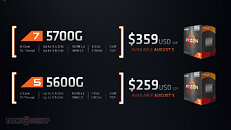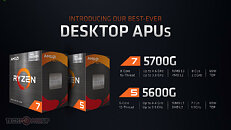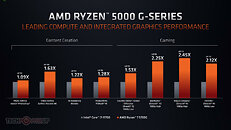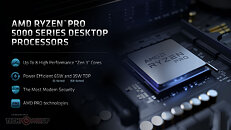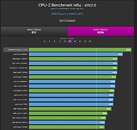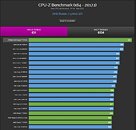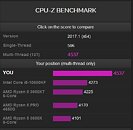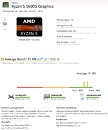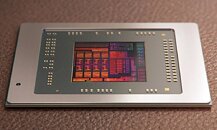
AMD Announces New Socket AM4 Desktop Processors—5700X3D and 5000GT APUs
AMD Socket AM4 continues to be relevant even in 2024, nearly seven years since its introduction, with the company announcing several new processor models at CES. AMD has extended Ryzen 5000 series "Zen 3" support across all three desktop chipset series, including the oldest AMD 300-series, and since all Socket AM4 motherboards feature USB BIOS Flashback, users have the full spread of Socket AM4 processors to upgrade to. The Ryzen 7 5800X3D continues to be a popular final upgrade destination for gamers on Socket AM4 who may have spent a pretty penny building a high-end gaming desktop in 2020-21. The 5800X3D offers gaming performance comparable to an Intel Core i9-12900K "Alder Lake," despite being based on the older "Zen 3" microarchitecture, since it enjoys a large 96 MB L3 cache, thanks to AMD's innovative 3D Vertical Cache technology. The 5800X3D commands a $360 street price, which may be a little steep for some users, and so AMD is increasing choice, with the introduction of the new Ryzen 7 5700X3D.
The Ryzen 7 5700X3D is an 8-core/16-thread Socket AM4 processor, which is practically the same silicon as the 5800X3D, but with lower clock speeds, and more importantly a 30% lower price. While the 5800X3D commands $360 in the market, the new 5700X3D is coming in at an attractive $250. The 5700X3D comes with a base frequency of 3.00 GHz, and maximum boost frequency of 4.10 GHz. In comparison the 5800X3D has a 3.40 GHz base frequency, and 4.50 GHz boost. Both chips enjoy the same power limits, with a TDP of 105 W. The 5700X3D gets the same 96 MB of L3 cache that includes 64 MB of 3D Vertical Cache; and 512 KB of L2 cache per core. The I/O is identical, too, with a 24-lane PCI-Express Gen 4 interface, and dual-channel DDR4 memory, with DDR4-3600 being the sweetspot frequency.Update Jan 9th: AMD clarified the specs of the Ryzen 5 5500GT in an updated slide. It is indeed a 6-core/12-thread processor.
The Ryzen 7 5700X3D is an 8-core/16-thread Socket AM4 processor, which is practically the same silicon as the 5800X3D, but with lower clock speeds, and more importantly a 30% lower price. While the 5800X3D commands $360 in the market, the new 5700X3D is coming in at an attractive $250. The 5700X3D comes with a base frequency of 3.00 GHz, and maximum boost frequency of 4.10 GHz. In comparison the 5800X3D has a 3.40 GHz base frequency, and 4.50 GHz boost. Both chips enjoy the same power limits, with a TDP of 105 W. The 5700X3D gets the same 96 MB of L3 cache that includes 64 MB of 3D Vertical Cache; and 512 KB of L2 cache per core. The I/O is identical, too, with a 24-lane PCI-Express Gen 4 interface, and dual-channel DDR4 memory, with DDR4-3600 being the sweetspot frequency.Update Jan 9th: AMD clarified the specs of the Ryzen 5 5500GT in an updated slide. It is indeed a 6-core/12-thread processor.





































